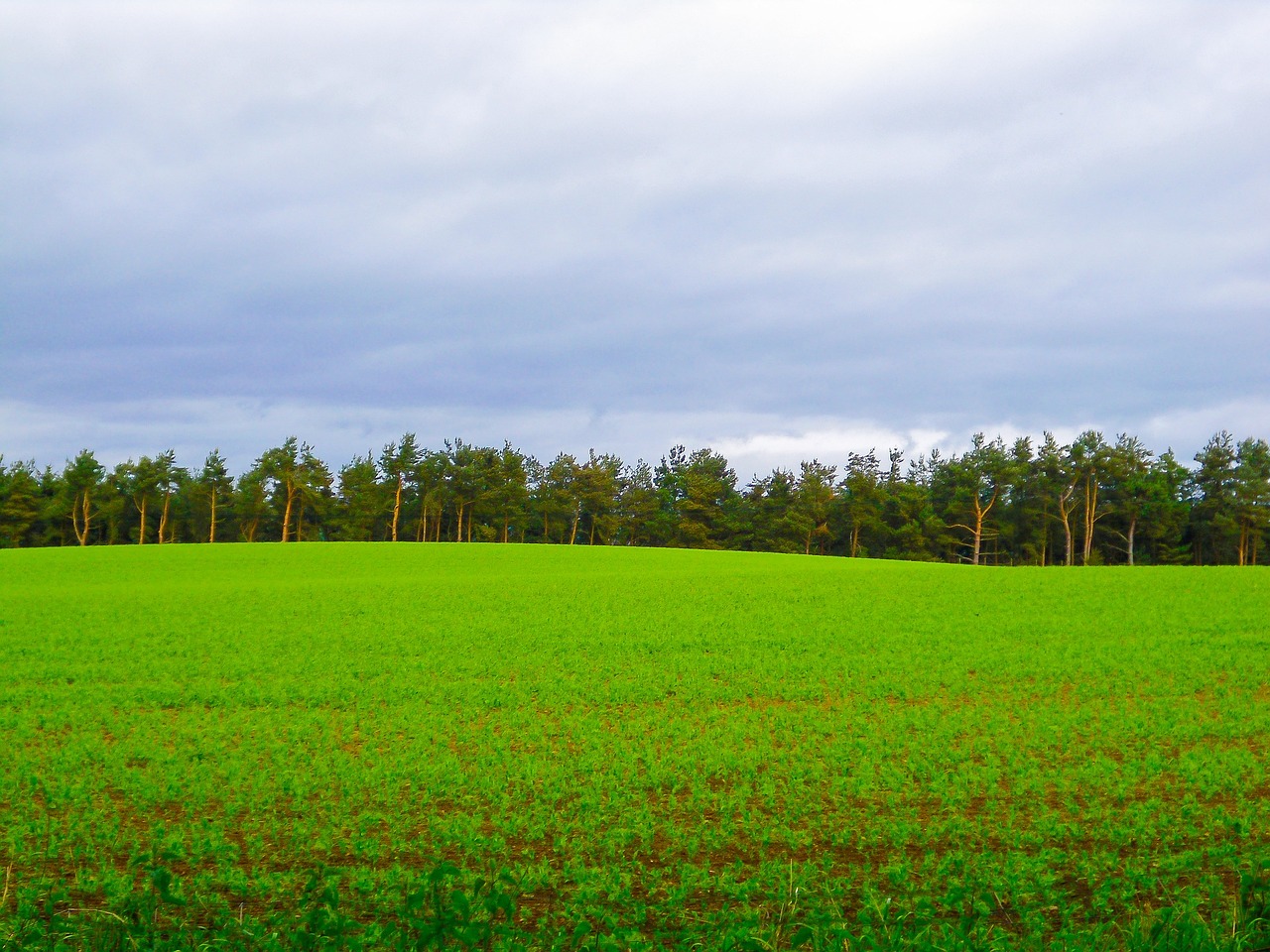The new Land Reform (Scotland) Bill contains radical proposals about how land in Scotland may be sold in the future and has raised many practical questions for landowners and professional advisers with regards to the treatment of ‘large land holdings’, and the management and transfer of ownership and leasing of land.
The Bill aims to reform the law around large land holdings and leases of rural land but significantly, it states that the transfer of ownership for any land holdings larger than 1,000 ha will be prohibited while Scottish Ministers consider the potential impact that transfer would create on the local community. There will be some circumstances which would be exempt but the majority of sales would be caught by the new regulations.
Furthermore the transfer of a large land holdings may require the splitting land into lots, to be decided by Scottish Ministers, and the outcome of this decision must be complied with during the course of a sale. The lotting plan will focus not on achieving the maximum value for the landowner but will consider the most attractive packages to benefit a local community.
If the Bill, which was introduced on 13 March 2024, makes its way through the Parliamentary process relatively unchanged and is enacted into legislation, it is clear that there will be a significant impact on the rural property sector. The Scottish Government’s aim is to ‘revolutionise land ownership in Scotland’ by empowering rural and island communities and increasing transparency in large land transactions.
If it is passed, communities would receive forewarning of sales and under current proposals, this could lead to large land holdings being split into smaller lots which would have the intended effect of increasing community ownership throughout Scotland and naturally over time there will become a reduction in large land holdings. Many industry representatives have already expressed serious concerns about the Bill which will potentially create a multitude of unintended consequences, not least the jeopardy that could now be loaded onto the Scottish Government’s pre-existing plans to tackle the twin crises of biodiversity loss and climate change and generally put greater emphasis on natural capital and nature-based solutions.
Natural capital is considered by many to be one of the most exciting investment innovations of our time and the Scottish Government have made clear there is a finance gap for nature in Scotland that can only be bridged by attracting significant private investment.
Achieving this certainty will be important but it must be now a huge concern, for those private investors for whom scalability is already a significant barrier, that the ability to deploy significant capital into Scotland will be prohibited by land reform regulations.
The tragedy is that over the last three years, Scotland has seen an explosion of interest from individuals and institutional purchasers who have been excited by the natural capital opportunities afforded by traditional Scottish estates which has in turn led to a number of significant estate sales to a new type of land manager, who is looking to achieve significant conservation at scale.
These recent success stories indicate ‘first mover advantage’ but one must now ask, are the land reform and natural capital objectives for Scotland going to be in conflict?
- Natural Capital: Galbraith’s expert advisers guide our clients in realising value in all land uses – by assessing and measuring natural assets, furthering opportunities in biodiversity net gain, and ensuring stakeholders are rewarded fully for their investment in and contribution to delivering ecosystem services and net-zero outcomes.



